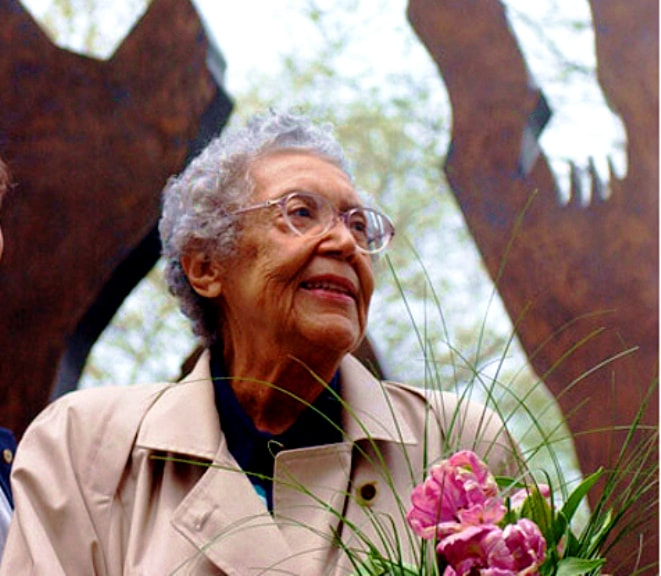|
The following is an updated version of a blog post originally presented in observation of the 10th anniversary of Encyclopedia of the Harlem Renaissance. The year 2018 marks the 15th anniversary of that pivotal event. This revised re-post is shared in recognition of the important events which unfolded in 2013 and in honor of the late Dr. Price: “The story of African Americans was crafted anew into a poignant commentary on individual and group progress under great pressure, a story that over time became one of the most compelling of American narratives.” ––Dr. Clement Alexander Price September 2013 represented the landmark 10th anniversary of the publication of the groundbreaking Encyclopedia of the Harlem Renaissance (Facts on File, 2003) co-authored by educator Sandra L. West and featuring a foreword by the late Dr. Clement Alexander Price (1945-2014), founder and director of the Institute on Ethnicity, Culture, and the Modern Experience at Rutgers University, Newark Campus, New Jersey. Almost seemingly as if in honor of the book’s 10th anniversary, on August 29, 2013, then President Barack Obama announced his intent to appoint Dr. Price to the position of Vice Chairman of the Advisory Council on Historic Preservation. While the Harlem Renaissance has long been one of the most studied periods in African-American history, until the publication of Facts on File’s encyclopedia––the first such volume on the subject–– most of the focus was on the literature, art, and music of the era. The encyclopedia expanded that focus by placing an equal degree of emphasis on the political and social aspects of the epoch, which blends seamlessly with the 1920s Jazz Age, modernism, and prohibition time-frame. In Honor of AncestorsAmong the authors’ achievements with the title was the fact that it allowed them to pay tribute to a number of Harlem Renaissance icons who were still living when it was first published, but who have since passed on. These included the following:
The Harlem Renaissance itself, as Dr. Price noted in his foreword to Encyclopedia of the Harlem Renaissance, marked an extraordinary period of transformation (not wholly unlike that created by the current digital age) fueled largely by the sweeping forces of American and world history, as well as by what the great educator W.E.B. Du Bois referred to as “the talented tenth.” Like the current epoch, it incorporated society-changing technological innovations, major demographic shifts, and a number of political initiatives that tested the definition and application of democracy in the world: “The coterie of talented blacks in the arts and culture, business, and intellectual life who helped to recast the image of black Americana was actually part of a larger stream of black urbanites whose lives were challenged by the legacies of slavery, its blunt realities found in the 20th-century, when many other ethnic groups in the nation moved forward,” Price notes. “Most blacks during the period lived on the margins of urban America, barred from the best employment, subject to daily racial slights and other manifestations of injustice and the society’s obsession with maintaining their social inferiority.”
|
AberjhaniWinner of Choice Academic Title Award, Best History Book Award, and Notable Book of the Year Award for Encyclopedia of the Harlem Remaisssance. Archives
July 2023
Categories
All
|

 RSS Feed
RSS Feed